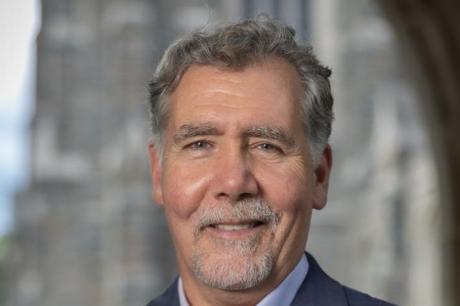
Black Americans were diagnosed with AIDS 20% more often than white Americans from 2008-2011. The diagnosis rate for black males was 112.8, compared to just 14.5 for white males (per 100,000 people). – data and graphic from the CDC HIV Surveillance Report, 2011
Published September 17, 2014, last updated on October 5, 2017 under Voices of DGHI
Emma Zhao
Bass Connections
HIV is a disease of diversity. Of course, HIV is unique for many reasons (most people might refer to its long-term health consequences or global impact), but what really sets it apart is how disproportionately it affects minorities. Racial, sexual, occupational minorities – HIV has a way of picking the most underprivileged and underrepresented populations and thriving there.
Black Americans were diagnosed with AIDS 20% more often than white Americans from 2008-2011. The diagnosis rate for black males was 112.8, compared to just 14.5 for white males (per 100,000 people). – data and graphic from the CDC HIV Surveillance Report, 2011
The numbers are jarring – and race is just one categorization. In the case of sex workers, injection drug users, and undocumented immigrants, few politicians are motivated to help people who are on the wrong side of the law, and therefore don’t have much lobbying power to speak of. Even for those who have safe, legal access to healthcare, the price tag is a huge obstacle (1 month of Atripla HIV treatment costs $1800 at the cheapest), splitting the suffering heavily along socioeconomic lines. As its original name (GRID: Gay-Related Infectious Disease) suggests, AIDS also disproportionately affects sexual minorities, thriving on the fact that many of its patients have very little voice and experience huge amounts of discrimination to begin with.
That’s what makes the fight against HIV so remarkable. It’s not just a health issue – it’s a social issue. Because of how disproportionately it affects minorities and underrepresented groups, conquering HIV demands that people come together and transcend these differences. This was my overwhelming take-away from the North Carolina HIV/AIDS Conference. The conference attendees were the most diverse group of people I have seen in my time at college – racially, sexually, occupationally – and by far the most accepting. The bathrooms were gender neutral. Attendees wore anything from business casual to t-shirts and jeans. Many people just shouted out comments and questions during presentations, and no one minded.
In fact, everyone had something valuable or eye-opening or inspirational to say. HIV is also unique in this respect – you don’t have to be an infectious disease expert to contribute to the conversation. Everyone had a voice last Saturday, and no one held back. We heard from HIV/AIDS advocate Wanda Brendle-Moss, who persevered through poverty and at one point, homelessness to tirelessly continue advocating for HIV/AIDS patients. We heard from syringe exchange program pioneers ways to get clean syringes into the hands of injection drug users and minimize disease spread. We heard from church members ideas on how to bring sex, that taboo but crucial discussion, into community conversations. So many people were there to also discuss healthcare access, legal advocacy, race, gender and minority empowerment. You can’t ignore the numbers: HIV hits minorities so much harder than it does non-minorities, and does more damage because they often have fewer resources to address the problem and suffer double discrimination. More than any other disease, the fight against HIV is also a fight for human rights.
The conference turned out to be nothing like I expected. Besides a research conference, it was also an advocacy and social empowerment experience. I could feel my own stereotypes and prejudices (as ashamed as I am that I had them in the first place) fade as I listened to people’s conversations. We were all here to talk about an issue that was important to everyone, a cause that was more unifying than any superficial differences we had. I want to end this post how any discussion on HIV should end – with triumph. The overall attitude was not one of desperation or sorrow, but empowerment. By fighting HIV, you fight discrimination, unspoken oppression, and (in my case) your own personal prejudices you might have brought to the table. Because, as the conference put so perfectly, we are all “stronger together.”
